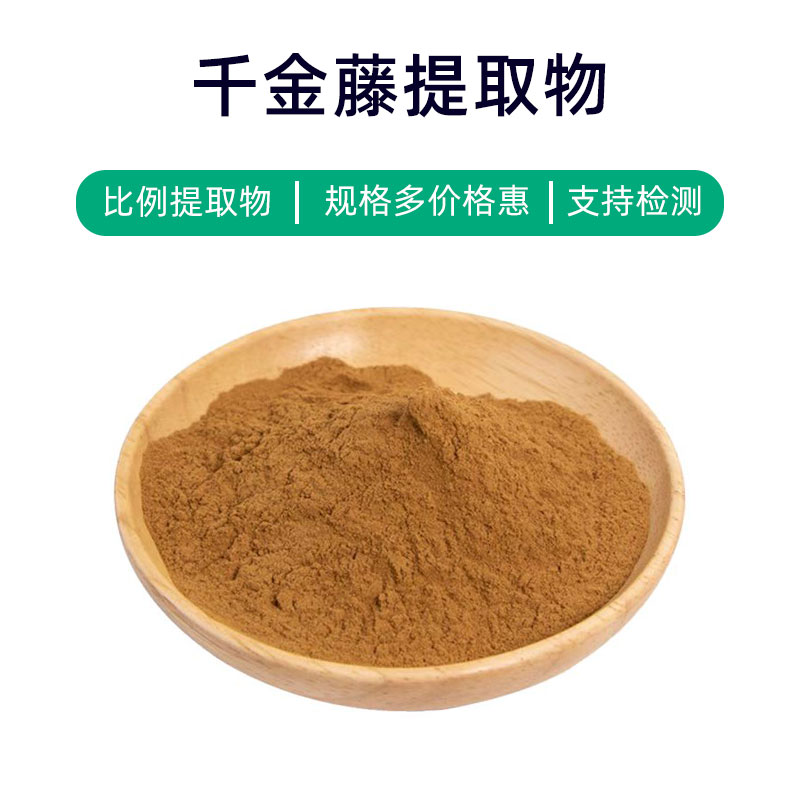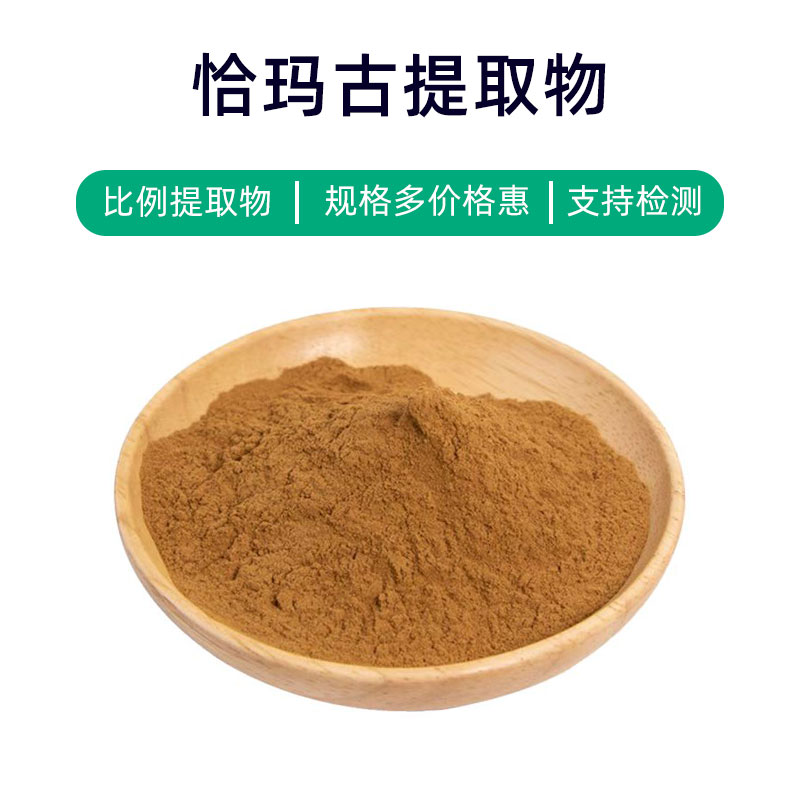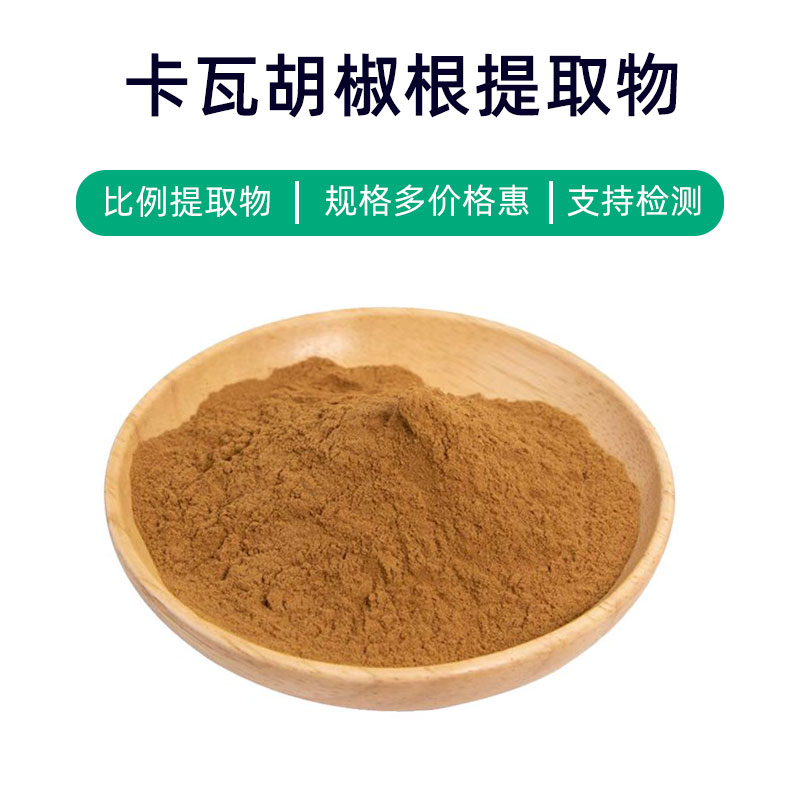Introduction to Extract of Cephalotaxus Fortunei Leaves
The extract of Cephalotaxus fortunei leaves is a plant extract derived from the leaves of the Cephalotaxus tree. Its main components may include bioactive substances like cephalotaxine. It is claimed that this extract has various benefits and applications in the fields of medicine and skincare.
Cephalotaxine, a key component, may possess antioxidant, anti-inflammatory, and antibacterial properties that can help protect skin from damage caused by free radicals and environmental factors. Additionally, the extract may also provide anti-aging and skin conditioning effects, promoting skin health and youthfulness.
In skincare products, the extract is often added to facial products such as creams, serums, and masks to provide antioxidant, soothing, and moisturizing benefits. It is also commonly used to treat skin inflammation, acne, and allergic reactions.
In the medical field, the extract may be utilized as a natural remedy for treating various skin issues, such as eczema and dermatitis. Its antibacterial and anti-inflammatory properties also make it an important ingredient in some medications.
Overall, the extract of Cephalotaxus fortunei leaves is a natural plant extract with multiple benefits, extensively applicable in the medicinal and skincare industries, supporting health and beauty.
Production Process of Extract of Cephalotaxus Fortunei Leaves
The production process for the extract of Cephalotaxus fortunei leaves usually includes the following steps:
- Raw Material Collection: Select high-quality leaves from the Cephalotaxus tree as extraction materials, ensuring freshness and quality. Typically, leaves are harvested during their new growth phase to ensure a higher concentration of active compounds.
- Washing Treatment: Clean the collected leaves to remove surface impurities and dirt, maintaining the purity of the extract.
- Crushing and Grinding: Crush or grind the cleaned leaves into a finely pulverized state to increase extraction efficiency.
- Solvent Extraction: Use appropriate solvents (e.g., ethanol, ethyl acetate) to extract the pulverized leaves, dissolving the active compounds into the solvent.
- Maceration Process: Soak the crushed leaves with the solvent using methods like soaking, cycling extraction, or ultrasonic extraction to thoroughly extract the active components.
- Filtration and Separation: Filter the macerated solution to remove residues and solid particles, obtaining the extract solution.
- Solvent Recovery: Recover the solvent from the extract solution through distillation or other methods to minimize production costs and environmental impact.
- Concentration of Extract: Concentrate the recovered extract solution to increase its potency for further processing and application.
- Drying of Final Product: Dry the concentrated extract to obtain the powdered form of the Cephalotaxus leaf extract.
- Quality Inspection: Conduct quality inspections of the produced extract, including tests for active component content, microbiological purity, heavy metals, and other indicators to ensure compliance with relevant standards.
- Packaging and Storage: Pack the quality-approved extract and store appropriately to maintain its stability and quality.
Efficacy and Side Effects of Extract of Cephalotaxus Fortunei Leaves
Extract of Cephalotaxus fortunei, as a natural plant extract, is widely used in traditional medicine and health supplements. Its main benefits and effects include:
- Antibacterial and Anti-inflammatory: Rich in volatile oils and tannins, it has strong antibacterial and anti-inflammatory properties, useful in preventing and treating skin infections and inflammation.
- Antioxidant: Contains abundant polyphenolic compounds that provide excellent antioxidant effects, eliminating free radicals, slowing down cellular aging, and protecting the body from oxidative damage.
- Antiviral: Research shows that the extract inhibits certain viruses, making it useful in preventing and treating respiratory virus infections.
- Diuretic and Edema Reduction: It has diuretic properties that can increase urine output, alleviating water retention and swelling symptoms.
- Vasodilation: Active components in the extract can promote blood vessel dilation, improve circulation, and help lower blood pressure, contributing to cardiovascular health.
- Anti-allergic: Some studies indicate that it possesses anti-allergic effects, alleviating symptoms of allergic conditions like allergic rhinitis and skin itching.
- Anti-diabetic: Certain components in the extract are believed to have blood sugar-lowering effects, helping manage blood sugar levels for diabetic patients.
- Liver Protection: Research has found that some elements in the extract can protect the liver, reducing liver damage and promoting liver cell regeneration.
- Anti-cancer Properties: Some studies suggest that components within the extract inhibit certain tumor cells, indicating potential anti-cancer properties.
Despite its numerous benefits, precautions should be taken during use:
- Dosage Control: Use as per the advice of healthcare professionals to avoid overdosing and adverse reactions.
- Caution for Certain Groups: Pregnant or nursing women, children, and individuals allergic to the extract should use it cautiously or avoid it.
- Avoid Long-term Continuous Use: Prolonged and excessive use may lead to adverse reactions such as indigestion or damage to the liver and kidneys, so continuous long-term use should be avoided.
- Drug Interactions: Pay attention to potential adverse interactions with other medications, especially antihypertensive or hypoglycemic drugs, and best used under doctor supervision to avoid compromising effectiveness.
In summary, as a natural plant extract, the extract of Cephalotaxus fortunei has broad application prospects in medicines and health supplements, but caution is necessary during use, and professional advice should be followed to ensure safety and effectiveness.
Application Scenarios and Dosage of Extract of Cephalotaxus Fortunei Leaves
As a natural plant extract, the extract of Cephalotaxus fortunei is applied widely across the medical, food, and cosmetic industries. Below are key highlights regarding its application scenarios, usage, and dosage in these fields:
Medical Applications:
- Treatment of Skin Inflammation: The extract’s antibacterial and anti-inflammatory properties can be used for skin inflammation treatment, such as eczema and dermatitis. It can be formulated into topical ointments, applied daily as needed based on the condition.
- Respiratory Infections: Its inhibitory effect on respiratory viruses makes it useful for treating cold, pharyngitis, etc. Usually taken in oral medication or lozenge form, dosed as per medical advice.
- Digestive System Diseases: Its antibacterial effects can aid in treating digestive infections such as gastritis and enteritis. It can be prepared as an oral solution or capsule, taken in moderation based on the condition daily.
Food Applications:
- Preservative: Its strong antibacterial properties allow it to be used as a food preservative, extending shelf life. The usual addition rate is 0.1% to 0.5% of the total food weight.
- Flavoring Agent: The extract’s aromatic qualities can enhance food flavor, with the addition rate adjustable according to personal taste.
Cosmetic Applications:
- Skincare Products: The extract’s antibacterial, anti-inflammatory, and antioxidant effects make it beneficial in formulating skincare products such as creams and lotions to soothe the skin and combat aging. It's generally recommended for use morning and night, applied to cleansed skin.
- Hair Care Products: Used in shampoos and conditioners, it helps clean the scalp and prevent dandruff. For use, apply a suitable amount to hair and scalp, gently massage, and rinse with water.
Overall, the extract of Cephalotaxus fortunei can be utilized in medicine for treating skin inflammation and respiratory infections; in food, for preservation and flavor enhancement; and in cosmetics, for producing skincare and hair care products. Users are advised to follow specific product instructions and medical guidance for appropriate usage and dosages.
Introduction to the Source Plant of Extract of Cephalotaxus Fortunei Leaves: Distribution and Growth Environment
The extract of Cephalotaxus fortunei leaves is derived from the leaves of the Cephalotaxus tree (scientific name: Juniperus chinensis). Below is an overview of the source, distribution, and growth environment of the Cephalotaxus plant:
Cephalotaxus Plant Overview:
Cephalotaxus (Juniperus chinensis) is an evergreen tree or shrub from the family Cupressaceae, native to China. It typically grows in mountainous, hilly, plain, and sandy regions, and is a drought-tolerant, cold-resistant, and salt-alkali tolerant plant.
Distribution:
Cephalotaxus is primarily distributed across northern, northwestern, southwestern, eastern, and central China, particularly in provinces such as Shanxi, Shaanxi, Hebei, Shandong, Anhui, Jiangsu, Jiangxi, Hunan, and Hubei.
Growth Environment:
- Climate Conditions: The plant adapts well to various climates, including temperate, subtropical, and tropical, preferring mild, humid climates with ample sunlight.
- Soil Requirements: Cephalotaxus is not picky with soil, thriving in sandy, loamy, and calcareous soils. However, it prefers well-drained, loose soil.
- Altitude Range: This plant grows over a broad elevation range, from low plains to mountainous areas above 2000 meters.
- Growth Habit: As a drought-resistant plant, Cephalotaxus requires less moisture and typically thrives in arid conditions. It grows slowly and has a long lifespan, often living for hundreds of years.
- Adaptive Environment: This plant is commonly found in mountainous, hillside, desert, rocky, and river valley regions, frequently cultivated for landscaping or windbreaks, and also used for medicinal and ornamental purposes.
In summary, the Cephalotaxus plant has a wide growth environment, adapting to various climates and soil conditions, and is found in many regions across China, representing an important ecological plant resource.
Processing and Storage of Extract of Cephalotaxus Fortunei Leaves
The processing and storage of the extract of Cephalotaxus fortunei leaves are critical steps to ensure its quality and stability:
- Processing Steps: The processing usually involves harvesting, washing, chopping, macerating, filtering, concentrating, and drying. During processing, strict control of temperature, humidity, and time is necessary to ensure that active compounds remain intact.
- Storage Conditions: The extract should be stored in a cool, dry, well-ventilated area, away from direct sunlight and high temperatures. Avoid contact with harmful chemicals to prevent quality degradation or spoilage. Choose airtight containers for storage and regularly check the quality and stability of the extract.
- Precautions: While storing, avoid exposing the extract to moisture, high temperatures, and sunlight, as this could affect the stability and activity of its medicinal compounds. Additionally, minimize repeated opening of the container to reduce exposure to oxygen and humidity, thereby extending the extract's shelf life and effectiveness.
In conclusion, strict control over processing parameters and appropriate measures to protect quality and stability are essential for processing and storing the extract of Cephalotaxus fortunei, ensuring its effective use in medical, food, or cosmetic applications.
Monica Sun is a seasoned expert in the plant extraction industry with over a decade of experience in research and production. She specializes in the extraction and purification of plant active ingredients, focusing on driving innovation in natural product applications. Monica has participated in the development of multiple functional plant extracts, delivering high-value natural raw material solutions for the health food, pharmaceutical, and dietary supplement sectors.


















